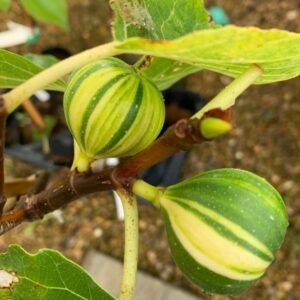Vegan and non-vegan figs: how they differ and why it matters
Not all figs are vegan (even if they seem that way)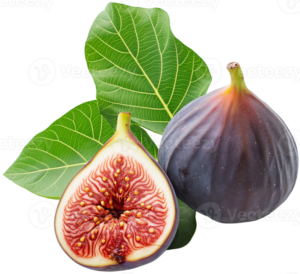
Although many people believe that all figs are simply fruit, the reality is somewhat more complex: some traditional varieties require a wasp to develop, and that wasp dies inside the fruit. Yes, that’s right: there are figs that aren’t 100% vegan because their pollination process involves the death of an insect.
But don’t worry: there are figs completely free of this process. Freskisimo grows exclusively 100% vegan varieties, without animal intervention and respecting the purity of the fruit from its origin.
Why are some figs not vegan?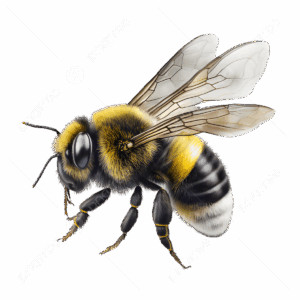
To understand this difference, you need to understand how pollination works in certain fig varieties. Some, especially wild or traditional ones, require a specific wasp ( Blastophaga psenes ) to complete their ripening cycle. This insect enters the fruit to pollinate it and, in many cases, dies inside. Although its body is broken down by a natural enzyme (ficin), the process involves animal interaction, which many vegans find unacceptable.
What makes a fig vegan?
Not all fig trees function the same. There are varieties called parthenocarpic, which don’t require pollination to bear fruit. These reproduce asexually, and the figs they produce are completely animal-free. They are therefore suitable for vegan diets.
Freskisimo works exclusively with this type of fig tree, ensuring that the figs develop naturally and ethically.
Vegan fig varieties grown by Freskisimo
Freskisimo grows more than 34 different varieties of figs, all selected for their parthenocarpic origin (meaning they don’t require animal pollination). This ensures they’re 100% vegan and environmentally friendly. Below are some of the most representative varieties:
Panaché Fig
This variety stands out for its mottled appearance, with green and yellow stripes on the skin. Its pink, juicy, and very sweet flesh is ideal for fresh consumption or in desserts. It is a favorite for its unique aesthetic and smooth texture.
Black fig
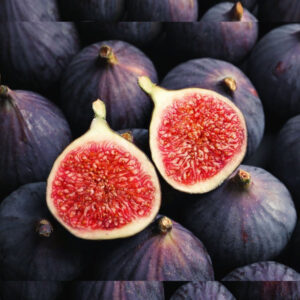
The black fig is one of the most recognized and valued varieties, both for its appearance and its deep, sweet flavor. It is easily distinguished by its dark skin, which can range from deep purple to bluish-black, and its very juicy reddish or maroon flesh.
Freskisimo grows different varieties of black fig, all 100% vegan, and two stand out among them for their quality, history, and flavor: Sitting Bull and Albacor.
Black Fig: SITTING BULL
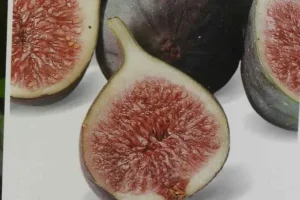
This carefully harvested fig has a very aromatic and balanced flesh that offers a deep sweetness without being cloying. Its thin skin makes it especially pleasing to the palate. Ideal for those seeking a fruit with an elegant flavor and impeccable appearance.
Black fig: Albacor
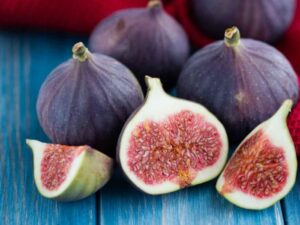
A traditional and highly productive variety, especially cultivated in southeastern Spain. It stands out for its dense, sweet flesh, ideal for eating fresh or drying. It is biferous, with two harvests per year, and adapts well to warm climates. At Freskisimo, it is grown without animal pollination, making it 100% vegan.
Green Fig: Dalmatie
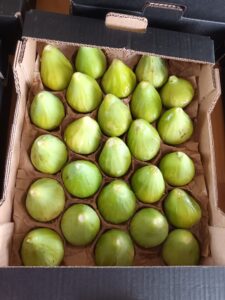
Dalmatia is a green fig variety highly prized for its clean and elegant appearance. It has a light green, smooth, thin skin and juicy, pink flesh, with a mild, balanced sweetness. It’s perfect for those seeking a fresh, natural flavor without excess.
It adapts well to warm, dry climates and is particularly well-suited to organic farming. At Freskisimo, it is grown without animal pollination, making it a 100% vegan variety.
Although all figs may look the same at first glance, their origin and cultivation method make a big difference. Some traditional varieties still rely on wasp pollination, which can conflict with a 100% vegan diet.
![]()
The figs grown by Freskisimo come exclusively from parthenocarpic varieties, which do not require animal intervention. Thanks to this, they are not only cleaner and more ethical figs, but also more sustainable and environmentally friendly.
Knowing these differences allows us to make more conscious choices about what we put on our table. And if we also choose flavor, variety, and freshness… even better.




